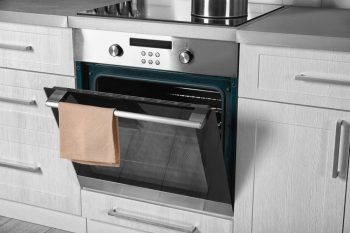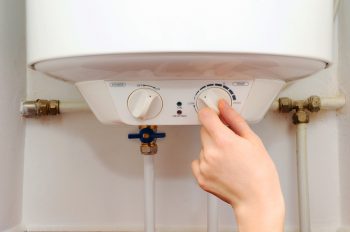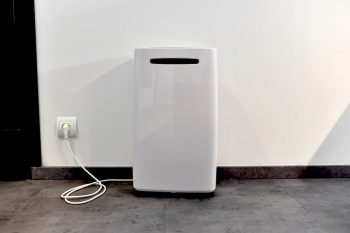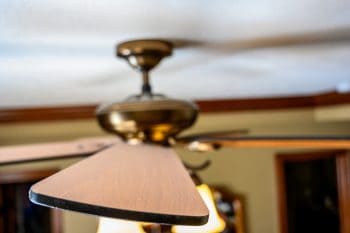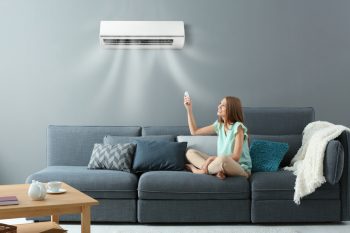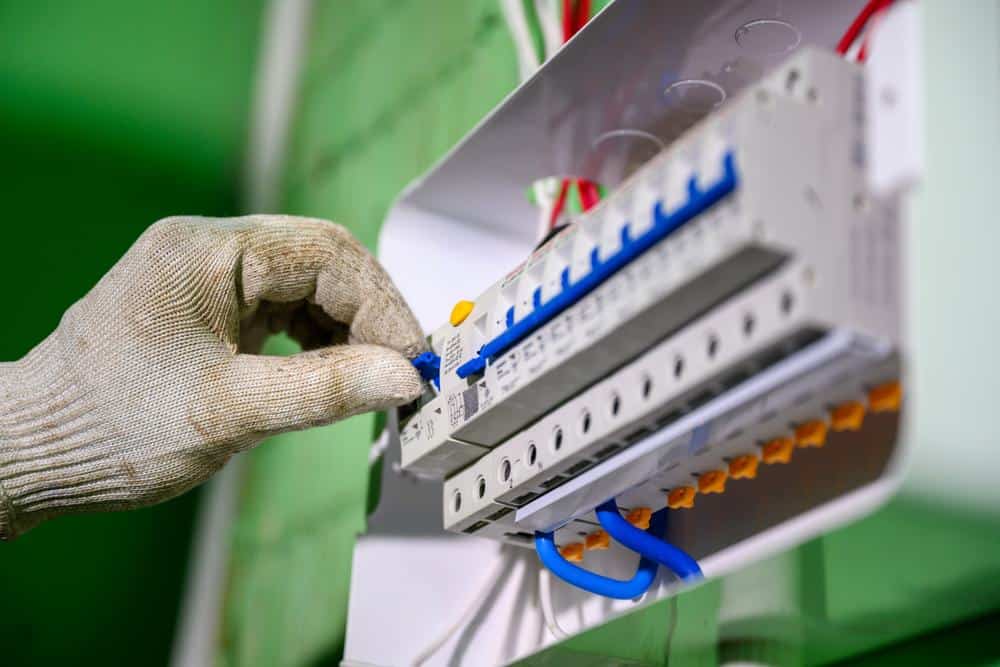
A circuit breaker panel, also known as a distribution board, panelboard, or breaker box, is an essential component in managing and distributing electricity throughout a building. But how does it work? And why is it so crucial in our everyday lives?
A circuit breaker panel works by receiving incoming power from the utility company’s lines, distributing it to various circuits within a building, and constantly monitoring the electrical current flowing through each circuit. If the current exceeds the breaker’s design limitations, it trips and cuts off the power to prevent overloads and short circuits. The panel consists of a main breaker, individual branch circuit breakers, and bus bars to control and manage the electricity flow.
What Is A Circuit Breaker Panel?
A circuit breaker panel serves as the central distribution point for electrical circuits in your home or office. It ensures that all electrical outlets, appliances, lights, heating, and other systems receive power safely and efficiently. The panel usually provides between 100 to 200 amps of total power, depending on its rating, although modern homes with many electrical appliances may require as much as 300 to 400 amps.
How Does It Distribute Electricity?
The circuit breaker panel receives incoming power from the utility company’s lines, also known as the service entrance. The power flows through an electrical meter, which records electricity usage, and then into the circuit breaker panel. Some systems also have a large disconnect switch between the meter and the panel.
The panel typically consists of a main breaker, individual branch circuit breakers, and bus bars. The main breaker is a large two-pole circuit breaker that limits the amount of electricity that can flow through the panel. The individual branch circuit breakers are responsible for protecting and controlling the flow of electricity to various circuits within the home or building.
How Does It Protect Against Overloads and Short Circuits?
Circuit breakers work by constantly monitoring the electrical current flowing through a circuit. When the current exceeds the breaker’s design limitations, the breaker will trip and cut off the power supply to the circuit. This is achieved through the use of two main contacts: a fixed contact and a moving contact. Under normal conditions, these contacts touch each other and allow current to flow through the circuit. When a fault occurs, the contacts are separated by a mechanism that releases stored potential energy, such as a spring-operated, pneumatic, hydraulic, or magnetic mechanism.
Common Issues and How to Troubleshoot Them
Some common issues with circuit breaker panels include overloaded breaker boxes, insufficient capacity, and rust or corrosion. To solve these issues, you can redistribute the electrical load, upgrade to a larger panel, or eliminate sources of moisture near the electrical panel.
Safety Precautions
When dealing with a circuit breaker panel, it’s important to follow safety precautions such as turning off all power, following local electrical codes, wearing personal protective equipment, and hiring a certified electrician for electrical projects.
Conclusion
In conclusion, a circuit breaker panel is a critical component in managing and distributing electricity throughout a building. It ensures the safety and proper functioning of your home’s electrical system, preventing electrical failures and potential hazards. Understanding how it works can help you maintain your electrical system effectively and troubleshoot any issues that may arise.
Frequently Asked Questions
What is the difference between a circuit breaker and a fuse?
Both circuit breakers and fuses serve the same purpose—to protect electrical circuits by preventing overloads. However, the main difference lies in their operation. A fuse will melt when overloaded, thereby needing replacement, while a circuit breaker will simply trip (or turn off) and can be reset once the problem is resolved.
How can I tell if a circuit breaker has tripped?
A tripped circuit breaker is usually in the middle position between “ON” and “OFF.” It’s not fully flipped to the “OFF” position, but it’s no longer firmly in the “ON” position. You can reset it by first flipping the switch to the “OFF” position and then back to “ON.”
How often should a circuit breaker panel be replaced?
Typically, a circuit breaker panel should last between 25 to 40 years. However, it’s crucial to have your panel inspected regularly by a licensed electrician to ensure it’s still operating safely and efficiently.
Can I add more breakers to my existing panel?
Yes, you can add more breakers to your panel if there is enough space and the panel’s total amperage supports the additional load. However, this should be done by a certified electrician to ensure safety and compliance with electrical codes.
What causes a circuit breaker to trip?
A circuit breaker may trip due to several reasons such as overloading, short circuits, or ground faults. Overloading occurs when too many devices are running on the same circuit, while short circuits and ground faults happen due to faulty wiring or equipment.



